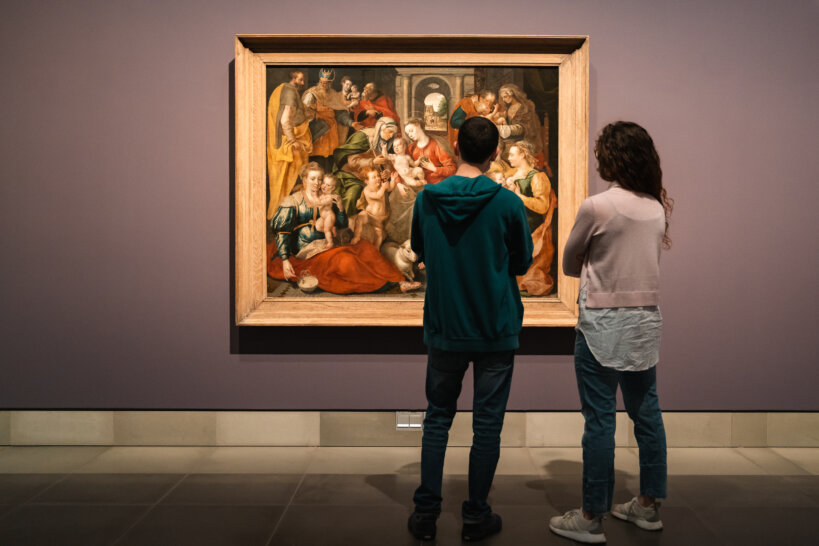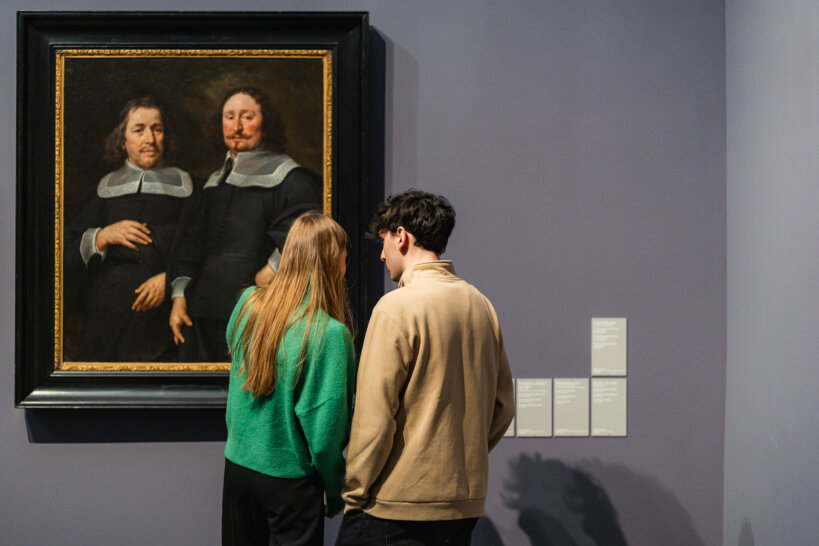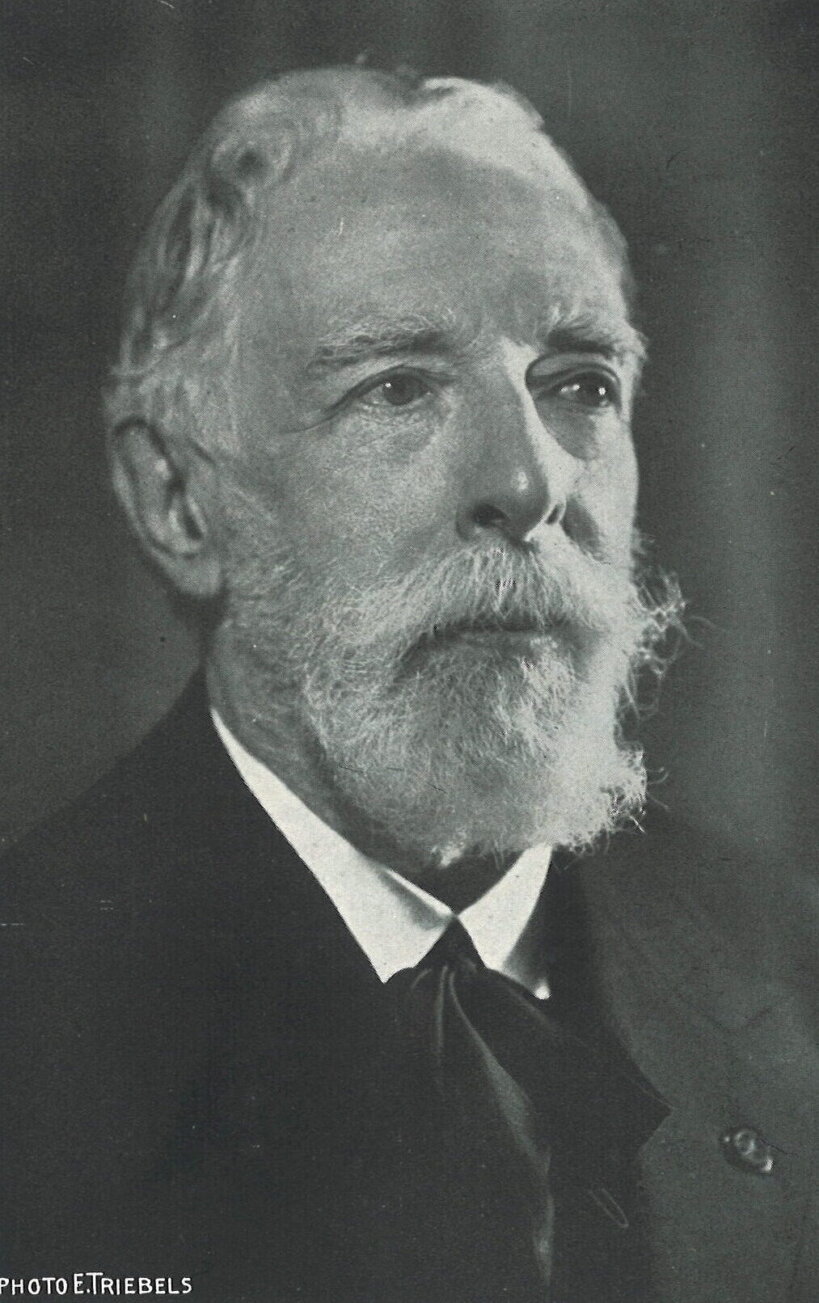The MSK has an impressive collection. The revised presentation fills no fewer than 40 galleries and displays the full diversity of the museum collection, exploring new themes and exhibiting dozens of works that have never been shown before, all arranged along a route that is guaranteed to excite and surprise.
The MSK is not just a home to paintings from the 14th to 20th centuries. Certainly, our collection includes international favourites such as Hieronymus Bosch, Pieter Paul Rubens, Antoon van Dijk, James Ensor, Emile Claus, Auguste Rodin, René Magritte, Paul Delvaux and many others. But plenty of other riches also emerge from behind the scenes.
The museum’s collection holds important examples of 19th and 20th-century sculpture, an impressive collection of works on paper, a library of precious publications, and unusual items ranging from medals to sketches and studio materials. Thanks to a revision of their presentation this spring, this diversity of objects is finally able to speak for itself.
Religious objects supplement the collection of medieval art, and design sketches and material studies reveal the creative processes and the hand of the painter or sculptor at work. Some paintings are displayed in a free-standing arrangement that uniquely enables them to be examined from both sides. One of these, a beautiful work by Jacob de Backer, is on show for the first time in over 10 years. In the long galleries we juxtapose progressive and conservative artists, and elsewhere art magazines bring the modern 1920s to life.
The chronological route is interrupted at regular intervals by new themed galleries that invite visitors to deeper reflection. For instance, we look at images of women through 250 years of art, at portrayals of poverty and wealth, the relationship between the city and the countryside, and how artists create portraits to record themselves and their loved ones for posterity.
The lives of everyday people serve as the uniting element of the themed galleries. In this way the museum illustrates how every work of art contains many stories: those of the artist who conceived the work and the society in which it was created – but also the stories that appear to each individual who looks at it. The questions that people address through art are more or less the same today as they have always been. And as we consider what artists have created, we cannot help but layer our own stories upon theirs.
In de presentatie is er geregeld ruimte voor ingrepen door actuele kunstenaars. Zij laten zich inspireren door de historische collecties en introduceren nieuwe perspectieven. Zo maakte Luc Tuymans in 2017 de fresco 'The Arena', dat sindsdien letterlijk ingebed is in de museummuren. Datzelfde jaar schonk Patrick Van Caeckenberg 'Het sigarenkistje' aan het museum, een hedendaagse kijk op de vroegmoderne Wunderkammer. En in de inkomhal nodigt de semipermanente 'Writte Room' door Parastou Forouhar bezoekers uit tot nadenken over taal en identiteit.
Lees meer over 'The Arena'.
Lees meer over 'Het sigarenkistje'.
Lees meer over 'Written Room'.























